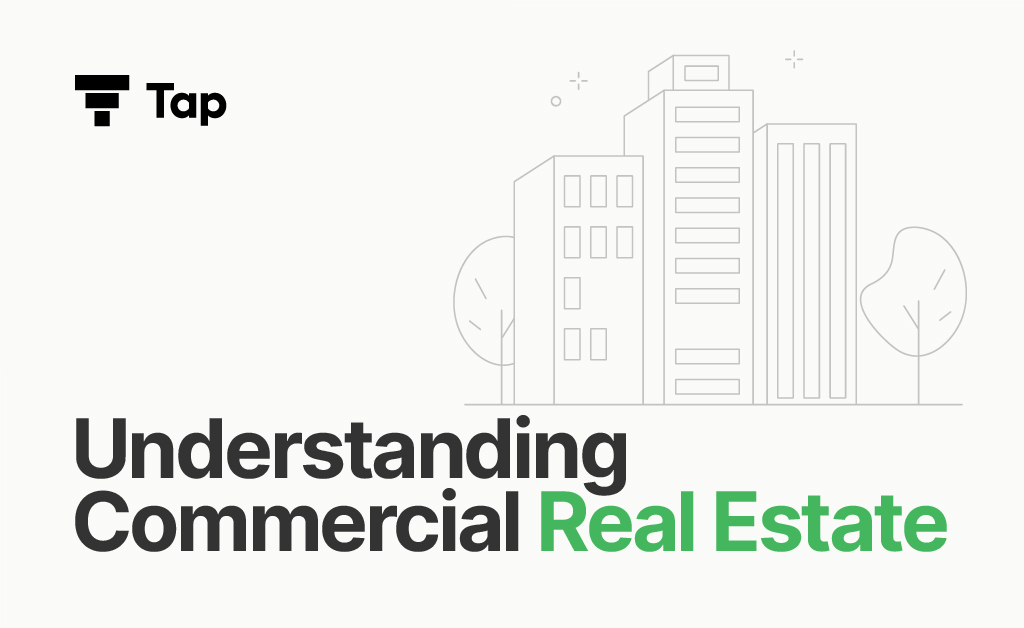Understanding Commercial Real Estate

Commercial real estate (CRE) stands as a cornerstone for income-generating properties, spanning from office spaces to shopping malls. In this comprehensive exploration, we delve into the diverse landscape of CRE and its investment potential.
Defining Commercial Real Estate:
Commercial real estate encompasses non-residential properties designed for income generation. This includes shopping malls, office spaces, and various establishments leased to tenants for workspaces or living spaces on a larger scale. From small stores to expansive resorts, CRE encompasses a broad spectrum.
Types of Commercial Real Estate:
1. Multi-family Real Estate: Housing with multiple units, ideal for generating income.
2. Office Space: Ranging from premium high-rise buildings to functional facilities in diverse locations.
3. Retail Space: Varied commercial purposes, from neighbourhood stores to large malls, often with long-term leases.
4. Industrial Real Estate: Warehouses, manufacturing hubs, and distribution centres are typically located outside urban areas.
5. Mixed-use Spaces: Urban areas combining retail or restaurants on the lower levels with office or residential spaces above, including hospitals and hotels.
Investing in CRE:
Investors seeking higher returns outside stock markets can explore CRE. The stability of income, attractive leasing rates, higher returns, and fewer overhead expenses make it an appealing option. Indirect investment through securities like Exchange-traded funds provides an alternative approach.
Market Dynamics and Investor Queries:
1. Which property types are seeing the most investment?
Market trends and economic conditions influence investment choices. Recently, industrial spaces have gained attention due to the growth of e-commerce and logistics. Multi-family rentals, especially in urban areas, also remain attractive to investors.
2. What are the potential risks and returns in different sectors (e.g., retail, industrial, office)?
Each sector presents unique risks and returns. Retail may face challenges with changing consumer habits, while industrial spaces benefit from the booming e-commerce industry. Offices could be impacted by remote work trends. Analysing specific factors in your chosen location is crucial.
3. What are the best financing options for commercial real estate projects?
Financing options vary, including traditional mortgages, commercial loans, and private equity. The choice depends on project size, investor’s financial situation, and risk tolerance. Consulting with financial experts helps tailor the financing approach to specific needs.
4. What are the hottest markets and property types? What are the risks and returns?
Market trends evolve; currently, tech hubs and areas with solid job markets tend to attract attention. While residential multi-family properties are often considered stable, researching local market conditions is crucial to navigating risks like economic downturns or oversupply.
5. What are the long-term implications of remote work for office space demand?
While the future of office space remains a hot topic, experts predict a shift towards flexible work arrangements. This might translate to less traditional office space and increased demand for co-working spaces, shared meeting rooms, and tech-enabled environments catering to a more mobile workforce.
Navigating the dynamic landscape of commercial real estate requires a thorough understanding of property types, market trends, and potential risks. Whether it’s investing directly or indirectly, the diverse offerings within CRE provide opportunities for those equipped with the necessary expertise and resources.
